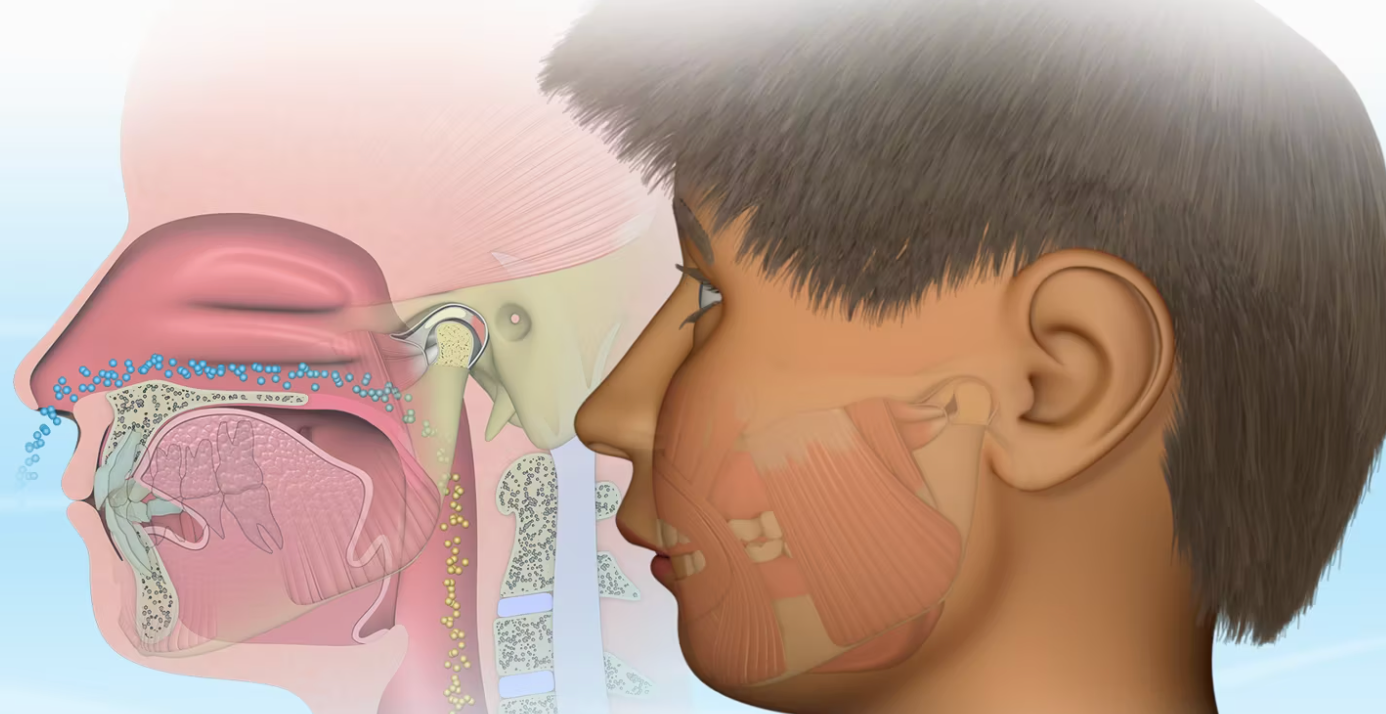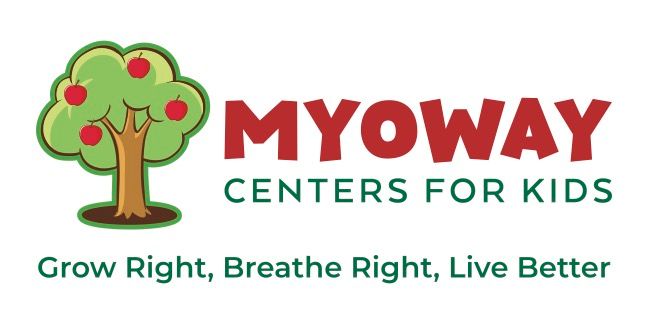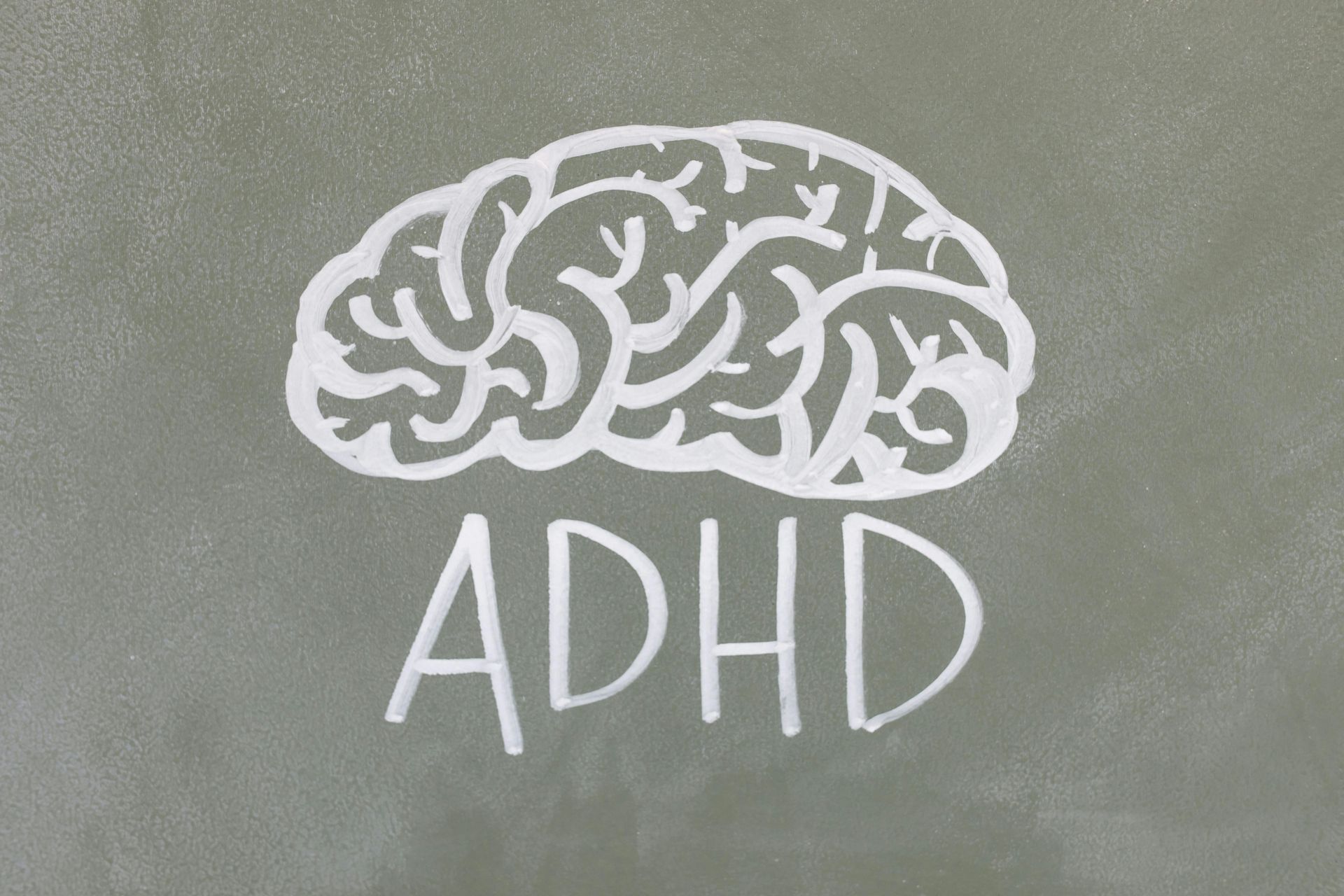Preventing Unnecessary Tooth Extractions: The Power of Early Jaw Development
Why Are So Many Teeth Extracted?
As a dentist with 26 years of experience, I’ve seen countless adult patients undergo multiple extractions simply because there wasn’t enough room in their mouths for their teeth. This is a common issue, but the good news is it doesn’t have to happen to your child.
The traditional approach to treating crowded teeth has often been extraction followed by braces. However, we now understand that the root cause of crowded teeth is an underdeveloped jaw. Instead of removing teeth, we can guide natural jaw growth so that every tooth has the space it needs to come in properly.
How Jaw Development Affects Tooth Alignment
The jaw is designed to grow in a way that accommodates all of the teeth. However, certain factors can hinder its development, including: ✔️ Mouth breathing – This can lead to narrow palates and poor facial growth. ✔️ Poor tongue posture – A low tongue position can prevent the upper jaw from expanding properly. ✔️ Soft diet – Modern diets often lack the chewing stimulation necessary for proper jaw growth. ✔️ Thumb sucking & pacifiers – These habits can alter the shape of the jaw and cause misalignment.
When the jaw doesn’t grow properly, teeth become crowded, misaligned, and sometimes impacted—leading to the need for extractions. But we now have solutions to help prevent this.
Alternatives to Tooth Extractions: Early Intervention with Myofunctional Therapy
Rather than waiting for issues to develop, early intervention can make all the difference. One of the most effective approaches is myofunctional therapy combined with growth-guiding appliances like those used at MyoWay.
MyoWay’s program helps to: ✅ Encourage nasal breathing for proper airway and jaw development ✅ Improve tongue posture to naturally widen the palate ✅ Promote healthy chewing and swallowing patterns ✅ Guide natural jaw growth, reducing the need for extractions and braces
With these methods, many children can develop enough space for all their teeth naturally, eliminating the need for extractions in most cases.
When Should You Start?
The ideal time to begin jaw-guided growth strategies is as early as possible. Many signs of poor jaw development appear in childhood, and addressing them early can prevent the need for more invasive treatments later.
Some early warning signs include: ❌ Mouth breathing ❌ Snoring or restless sleep ❌ Crowded or misaligned baby teeth ❌ Frequent thumb sucking or pacifier use ❌ Speech delays or difficulty chewing
If you notice any of these in your child, it’s time to explore alternative solutions before opting for extractions.
The Future of Pediatric Dentistry: Prevention Over Correction
Dentistry is evolving, and preventive, growth-focused solutions are leading the way. Instead of waiting for problems to develop and then extracting teeth, we now have the ability to guide proper development early on.
Before agreeing to extractions for your child, ask questions, explore alternatives, and seek a professional who prioritizes jaw development.
At MyoWay, we specialize in helping children achieve optimal jaw and airway development so they can grow up with healthy, properly aligned teeth—without unnecessary extractions.
📞 Schedule a consultation today to learn more!


Myofunctional Therapy Supports Proper Jaw Growth, Teeth Position, and Airway Development in Children









